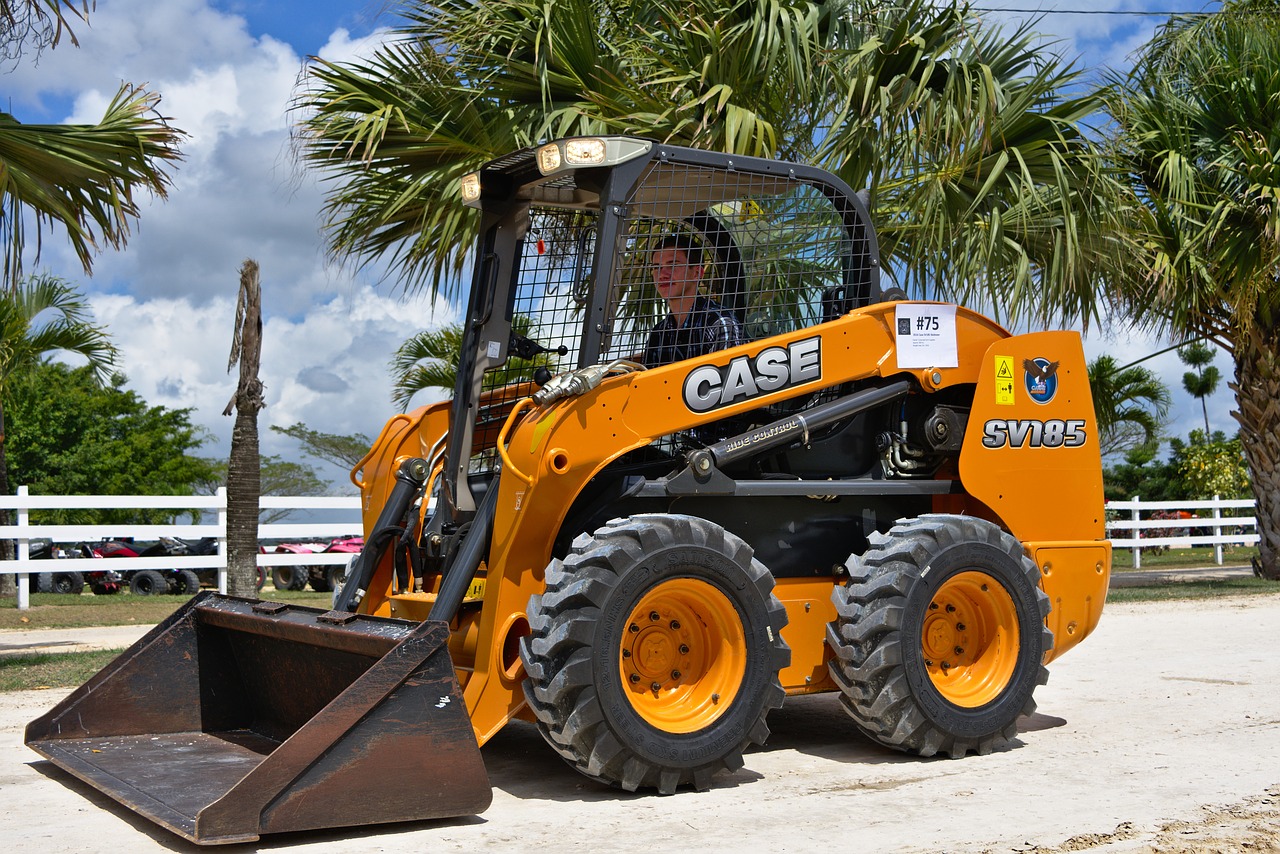Reducing friction between metal parts has numerous benefits. Apart from increasing the lifespan of the parts, proper lubrication also keeps them cool and increases efficiency. In fact, over 30% of the fuel in combustion vehicles is used to overcome friction, and friction also increases emissions by consuming one-fifth of the energy humanity generates annually. Let’s also not forget the huge expenses created due to damage caused to machine parts.
Fortunately, there is a new coating on the horizon that can significantly reduce friction in machines. This biowaste from the cassava plant provides “superlubricity,” a condition of very low friction between two parts, close to zero. It’s the result of the research team led by New York’s SUNY Polytechnic Institute, Winston “Wole” Soboyejo, and postdoctoral researcher Tabiri Kwayie Asumadu, who wanted to improve the service life of machines, save fuel, and reduce emissions in vehicles.
Superlubricity is not a new term. However, up until now, it has only been observed on the nanoscale between super-small particles. Now, though, the researchers created the same behavior using deposited carbon from cassava plants, which was then coated over the metal surfaces using a high-temperature biowaste treatment process.
The procedure bonds the cassava biowaste to the metal, creating a one-atom-thick carbon coating similar to graphene. Crucially, the biowaste material filled in the grooves inside the metal, creating an almost ideally smooth surface with next to no resistance because the two parts only touch at graphene contact points. The researchers were able to create an almost frictionless state with the coating and said it had a long life of around 150,000 cycles.
The research team is very optimistic about the potential benefits of their super-lubricating coating, hoping it will help multiple industries. “This research truly could touch most industries,” said Dr. Asumadu. “From biomedical to energy sectors to nearly every kind of manufacturing, this approach could help to extend the life of machine parts, reduce maintenance and replacement costs, and create a more sustainable industrial future.”







